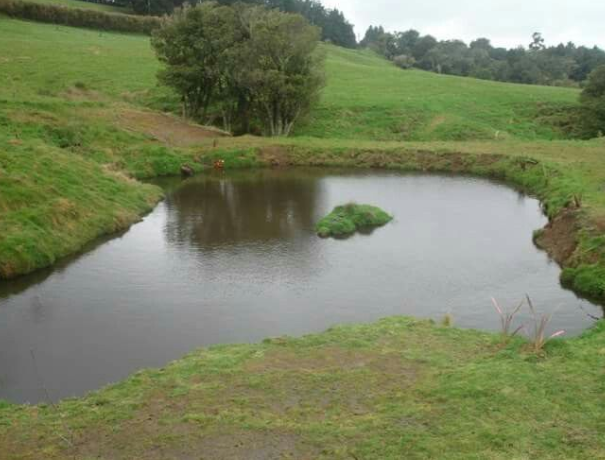Freshwater is one of our most precious resources. As urban development and agriculture continue to expand, our ponds and small water bodies are being pushed to the edge. These systems often become polluted, clogged, or degraded, compromising their ability to function naturally. Sustainable water management isn’t just about conserving water—it’s about restoring balance to these vital ecosystems. That’s where pond remediation plays a central role.
The Hidden Value Of Natural Ponds
Ponds might look like quiet patches of water, but they work hard behind the scenes. They trap sediment, reduce nutrient runoff, support biodiversity, and help recharge groundwater. In cities and rural areas alike, they act as buffers—filtering pollutants before they reach rivers or lakes. When left unmanaged or allowed to deteriorate, these benefits disappear.
Pond Remediation As A Restoration Tool
Pond remediation refers to the process of cleaning, repairing, and restoring the health of a pond. This might include removing built-up sludge, balancing nutrients, reducing invasive species, or even reshaping the pond bed. It’s not just about appearances—it’s about bringing the pond back to life. Effective pond remediation can transform stagnant water into a thriving, self-sustaining habitat. That’s why it’s a key strategy in sustainable water management.
Restoring Function Through Pond Remediation
Many ponds suffer from oxygen depletion, algal blooms, or sediment overload. These conditions harm fish, damage plant life, and disrupt the natural water cycle. Through targeted pond remediation efforts, oxygen levels can be increased, nutrient imbalances corrected, and native species encouraged to return. This improves not just the water quality but also its capacity to support life. In the end, a remediated pond becomes a resilient asset to its surrounding environment.
The Long-Term Impact Of Effective Pond Remediation
Well-executed pond remediation has ripple effects. Clean ponds help regulate floods by slowing runoff during heavy rains. They also reduce pressure on stormwater systems and help prevent downstream erosion. Over time, these efforts contribute to healthier rivers, cleaner lakes, and improved groundwater recharge. And because they support a wide variety of life, remediated ponds enhance local biodiversity and create better habitats for birds, amphibians, and insects. That’s the lasting value of pond remediation in sustainable planning.
Balancing Ecology And Community Needs
As communities grow, the challenge is to meet human water needs without damaging nature. Ponds often sit at the intersection of both. Farmers rely on them for irrigation. Urban planners use them for drainage and beautification. Families visit them for recreation. Pond remediation ensures that these shared spaces remain safe, functional, and clean. It also helps bridge the gap between environmental responsibility and practical utility.
Investing In A Water-Wise Future
Pond remediation isn’t just an environmental task—it’s a long-term investment in resilience. By restoring these ecosystems today, we prevent larger and costlier issues down the road. Every clean pond is one less burden on municipal water systems. It’s also a visible symbol of a community’s commitment to living in balance with nature. Whether funded publicly or supported by local stakeholders, remediation offers measurable returns—cleaner water, stronger biodiversity, and better quality of life.
Conclusion
Pond remediation is more than maintenance—it’s a pathway to sustainability. As climate change continues to disrupt weather patterns and strain our water resources, we must protect and restore every part of the natural water cycle. Ponds, though small, play an outsized role in this mission. By embracing pond remediation as a cornerstone of sustainable water management, we not only revive these ecosystems but ensure cleaner, safer, and more reliable water for generations to come.

